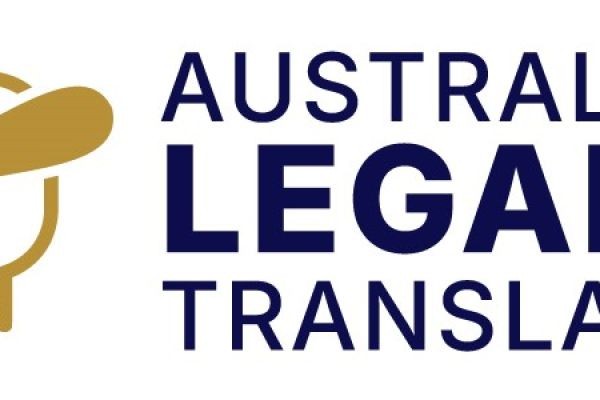Legal documents need more precision than regular texts. A single mistake in a contract or court document may change the meaning. All australian legal translators must have qualifications that make them familiar with legal language and the cultural context. Precision is critical as these documents have a tendency to affect rights, obligations, and financial repercussions.
Common Legal Documents That Need Translation:
People often need contracts, wills, court orders, titles to property, and company records translated. Immigration processes also need police clearances and court orders translated with certification. Trade agreements or compliance documents need to be translated by companies. Every document has its own format and legal weight, so only the experts need to handle them.
Step 1: Identify What Needs Translating
The first step is to gather all documents written in a foreign language. Courts and government agencies usually demand complete translations, not summaries. This includes every word, stamp, and signature. Leaving out parts of the document may lead to rejection. Applicants should make a checklist before contacting a translator.
Step 2: Choose a Certified Legal Translator
In Australia, the law requires that the legal translations be conducted by NAATI-accredited individuals. There are some translators who specialise in legal documents and also have experience handling complex vocabulary. One needs to ask them about their experience and verify their certificate. Hiring the wrong translator can make the documents useless.
Step 3: Ask for a Quote and Timeframe
Legal documents range from simple and short to complicated and long. Translators normally provide an estimate when seeing the document. Fees will be determined based on word count, formatting, and urgency. Requesters need to ask about turnaround times if the document is required for a future hearing or filing deadline.
Step 4: Review the Translation Carefully
After the translation is done, the applicants should proofread it for names, dates, and spellings. Even though the translator guarantees accuracy, it is also wise to double-check. If corrections are to be done, a professional translator will do the necessary corrections and add an updated certified version.
Step 5: Submit the Certified Translation
The final step is submitting the certified translation to the relevant authority. The duplicate in this case includes the translator's certification so that it can be presented in court. Government offices and courts reject non-certified translations. Carrying the correct version helps to bypass delays and facilitates cases to run smoothly.
Why Professional Legal Translation Matters?
Legal translation is not just a matter of language, but also precision and authority. Inaccuracy can lead to disputes or rejected applications. Follow every step and utilise the services of an accredited translator, and applicants can confidently achieve Australian standards.
Legal translations demand accuracy, and certified legal translations services give it. Follow these steps to ensure your contracts or court documents meet Australian standards. Choose Australian legal translators with NAATI certification, verify strictly, and produce on time. Mistakes waste time and money, so spend on certified specialists. Plan early to prevent stress. Contact a NAATI translator today to have your legal documents ready. With the right approach, your documents will be accepted without issues, and your case will proceed forward.

